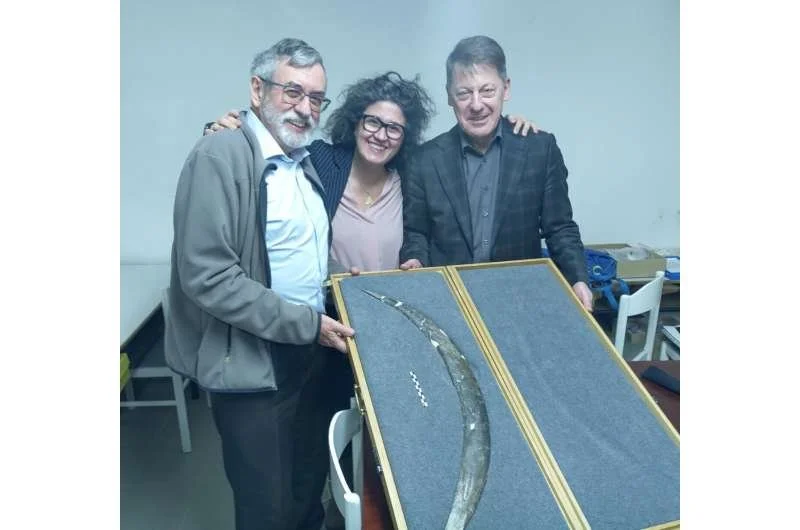In the shadowy mists of 10th- and 11th-century Ireland—a land torn between rival chieftains, rising kings, and the ever-present menace of Viking warlords—emerges the enigmatic figure of Gormflaith ingen Murchada, a woman whose influence rippled far beyond the ceremonial bounds of queenship. While the chronicles of medieval Ireland are dominated by tales of warrior kings and bloodied battlefields, Gormflaith’s story is not one of brute force but of cunning, alliance, ambition, and vengeance. She was not merely a witness to the tides of history; she was one of its unseen forces, turning wheels and toppling giants.
Born of Leinster, Bride of Thrones
Gormflaith was born in the late 10th century, daughter to King Murchad mac Finn of Leinster, a region long coveted by both native Irish dynasties and Scandinavian rulers. From an early age, she would have been schooled in the political intricacies of her father’s court—an arena where allegiances were fleeting and survival depended on adaptability. Even as a young woman, she would have understood that real power often wore no crown and bore no sword.
Her first notable political move came with her marriage to Olaf Cuaran (Óláfr Sigtryggsson), Norse-Gaelic king of Dublin and once-king of Northumbria in what is now England. Olaf, though powerful, was in the twilight of his rule. Still, the union gave Gormflaith both access to the Norse elite and the birth of her son, Sigtrygg Silkbeard, a figure who would become central to the next great saga of her life.
When Olaf fell from power, eventually retreating to monastic life and dying in 981, Gormflaith ensured that her political value did not die with him. She shed her role as the aging king’s queen and realigned her ambitions with new power.
Queen to the High King – and the Flames of Hatred
Her second husband was Brian Boru, the man who would rise to become High King of Ireland and who, for a brief moment, nearly succeeded in uniting the fractious Irish clans under a single banner. Brian, however, was not content with a symbolic marriage. He sought to assert his dominance over all, and Gormflaith, for all her charm and beauty, was not a woman easily controlled.
The sources—especially the later saga traditions—paint a picture of escalating hostility between Brian and Gormflaith. He eventually cast her aside, possibly in favor of a more politically advantageous union. For a woman who had maneuvered herself into the highest court in Ireland, the rejection was not merely personal—it was political annihilation. But Gormflaith did not fade into obscurity. Instead, she became a lightning rod for vengeance.
The Puppeteer of Clontarf
Gormflaith turned to her son, Sigtrygg Silkbeard, who had inherited the throne of Dublin. The city was a powerful Norse-Gaelic stronghold, vital in the tangled geopolitics of Ireland and the Irish Sea. According to later Norse sagas and Irish annals, Gormflaith became the architect of an extraordinary conspiracy. She reportedly urged Sigtrygg to form an alliance against Brian Boru, convincing him that the only way forward was to break the power of the High King once and for all.
What followed was the gathering of a formidable alliance: Norsemen from the Orkney Islands, warriors from the Isle of Man, and Irish enemies of Brian all coalesced in the name of shared cause—or shared hatred. It culminated in the Battle of Clontarf in 1014, one of the most storied and dramatic clashes in Irish history.
Though Brian’s forces ultimately won the field, it was a pyrrhic victory. Brian Boru was slain in his tent, reportedly by fleeing Norse warriors. His dream of a unified Ireland died with him. Sigtrygg survived, but Dublin was weakened, and the political landscape irrevocably altered. Gormflaith, though absent from the battlefield, had played her most dangerous hand—and arguably changed the course of Irish history.
Legacy of a Shadow Queen
Was Gormflaith a power-hungry schemer, or a shrewd political survivor in a male-dominated world that offered her few other paths to influence? The answer, perhaps, lies somewhere between the lines of myth and fact. Medieval chroniclers, particularly male scribes of later Christian monasteries, often viewed powerful women with suspicion, weaving their ambitions into tales of seduction, manipulation, and disorder.
Yet, seen through a modern lens, Gormflaith stands as a woman who carved out her own destiny in a world where female agency was rare and often crushed. She used marriage as a tool, not a chain. She forged alliances through her son and her voice. She was not simply "wife of Olaf" or "consort to Brian"—she was Gormflaith, the woman who played kings like pawns.
Though history often forgets the names of women who stood behind thrones rather than on them, Gormflaith remains a vivid exception. Her legacy is not only in the battles fought and kings buried but in the silent strength of a queen who knew that whispers could be louder than swords.







